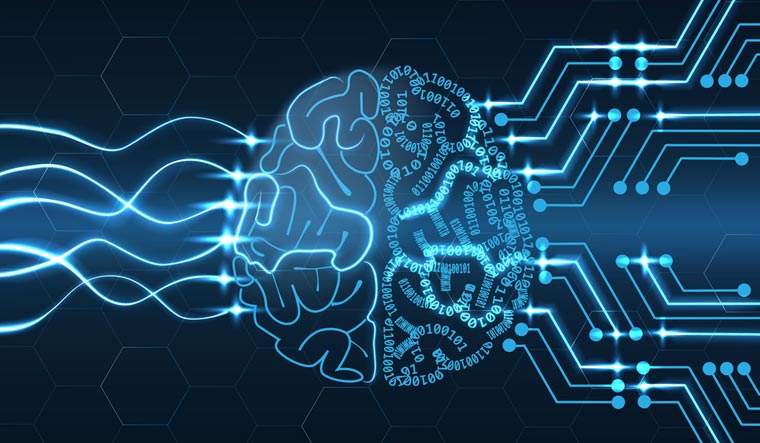Researchers at the University of Texas at Austin have achieved a significant milestone in mind-reading technology. Using an AI-based decoder and functional magnetic resonance imaging (fMRI) scans, the team has successfully translated brain activity into a continuous stream of text, providing insights into the thoughts and imagined speech of individuals. This breakthrough offers potential communication solutions for individuals who struggle to speak due to conditions like stroke or motor neuron disease.
Previous attempts at language decoding systems relied on surgical implants, making them invasive and impractical for widespread use. However, the new non-invasive method allows for the decoding of imagined speech, enabling the reconstruction of speech with remarkable accuracy. Through fMRI scans, the decoder was trained to match brain activity to the semantic meaning of speech, rather than attempting to decode activity word by word.
During the study, three volunteers spent 16 hours each in an fMRI scanner, listening to podcasts. The decoder was then trained to correlate brain activity patterns with the meaning of specific words and phrases using a large language model. Subsequently, the participants were scanned again while listening to a new story or imagining telling a story, and the decoder generated text solely from the brain activity. The decoder successfully captured the gist of the intended meanings of the original words in approximately half of the cases.
Dr. Alexander Huth, the lead researcher, expressed his astonishment and excitement at the success of the technology, emphasizing its potential to restore speech in patients who have lost the ability to communicate verbally. By overcoming the inherent time lag of fMRI scans, which measure blood flow response and provide a "noisy, sluggish proxy for neural activity," the researchers were able to extract meaningful information about ideas and semantics.
While the technology holds great promise, some limitations were observed during the study. Pronouns and certain aspects of language posed challenges for the decoder, indicating room for improvement. Additionally, the decoder's effectiveness was personalized, making it unintelligible when tested on another individual. Participants also had the ability to manipulate the system by intentionally thinking of different subjects or stories, highlighting the importance of user consent and privacy considerations.
The research community has hailed this achievement as technically impressive and a significant advance in the field of neuroscience. Experts anticipate a range of potential applications, including decoding thoughts during dreams and gaining insights into the generation of new ideas from background brain activity. However, concerns about privacy and potential misuse of mind-reading technology have been raised, prompting the need for careful regulation and ethical guidelines.
The research team aims to explore whether the technique can be applied to more portable brain-imaging systems, such as functional near-infrared spectroscopy (fNIRS). This could open up new possibilities for wider adoption and practical implementation of non-invasive mind-reading technology.


